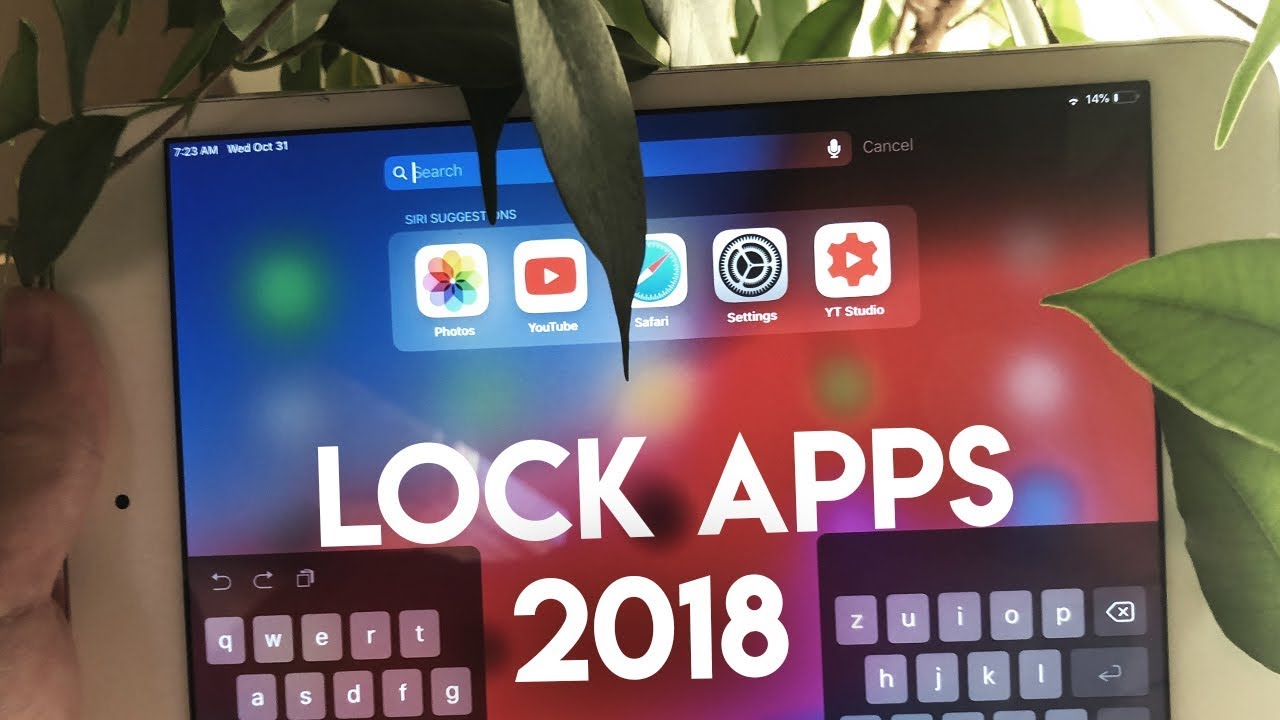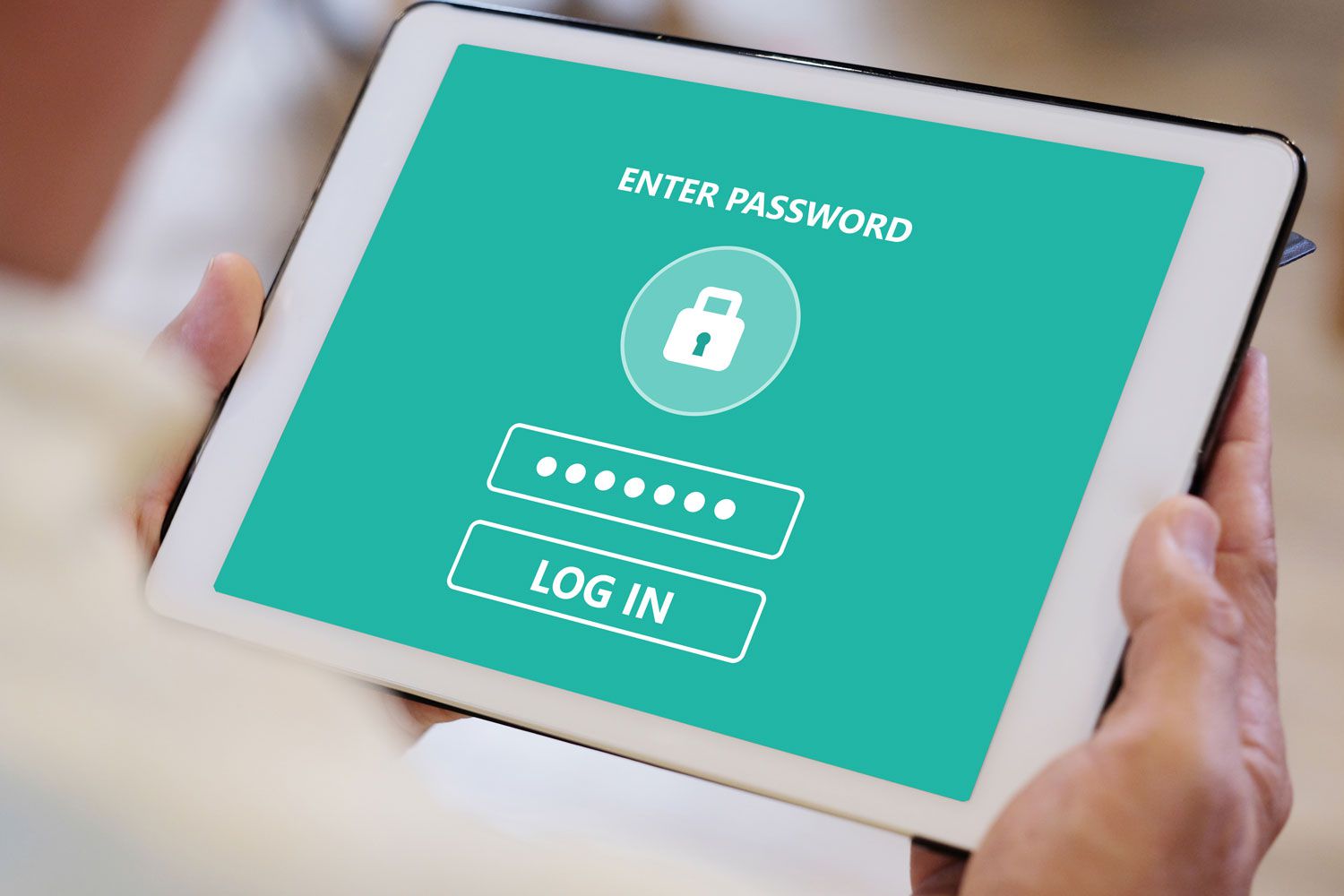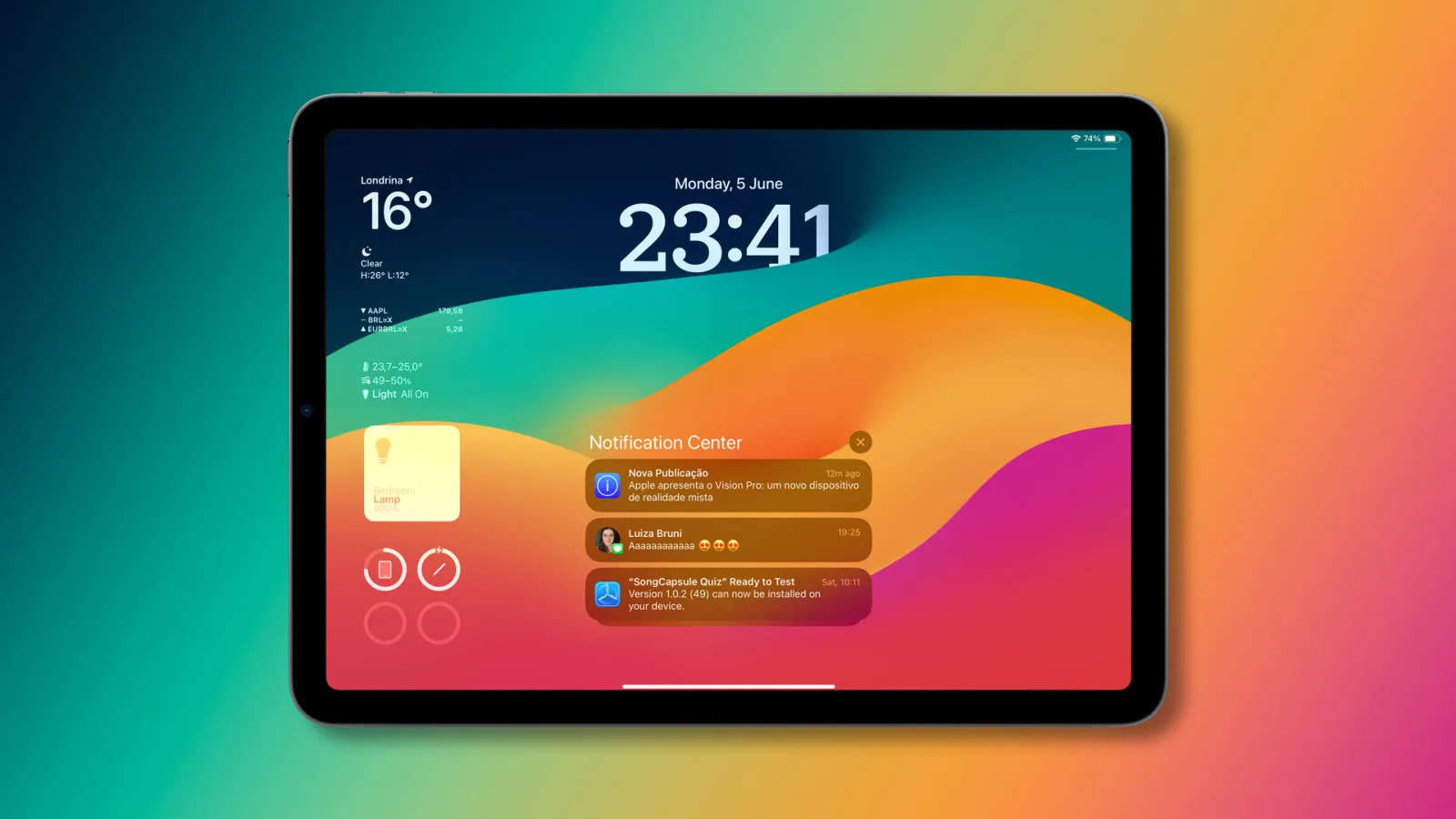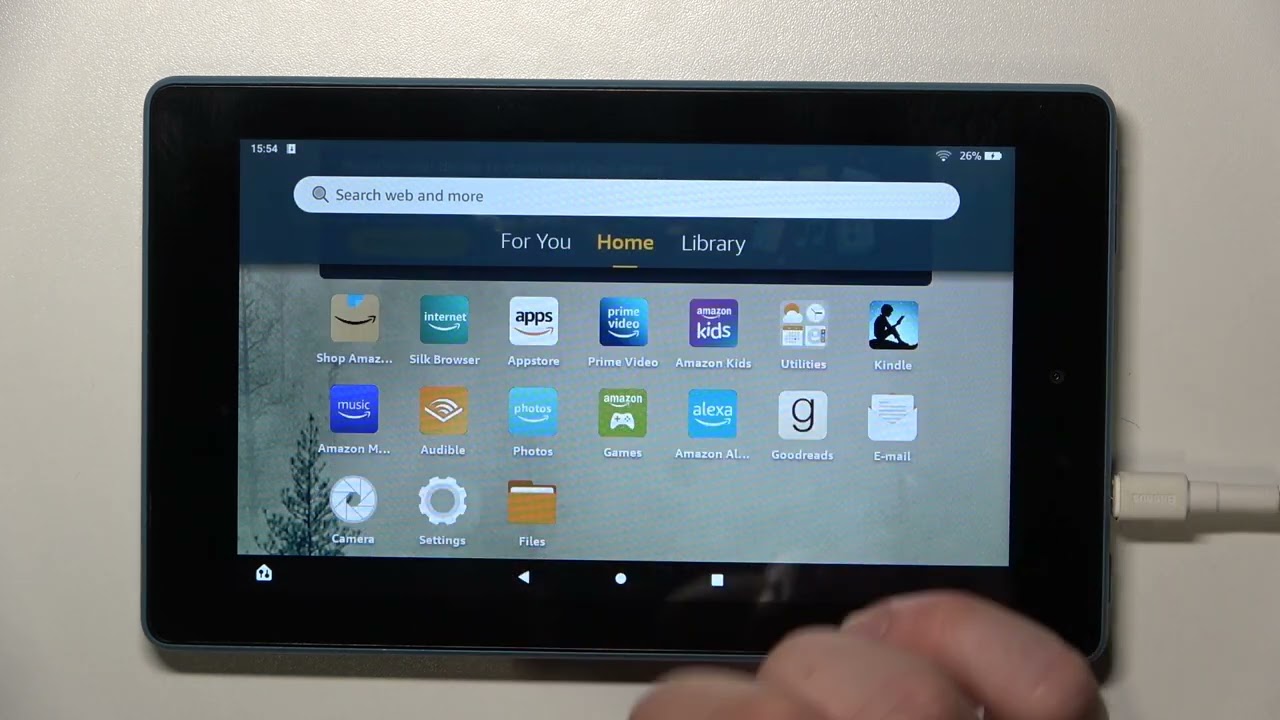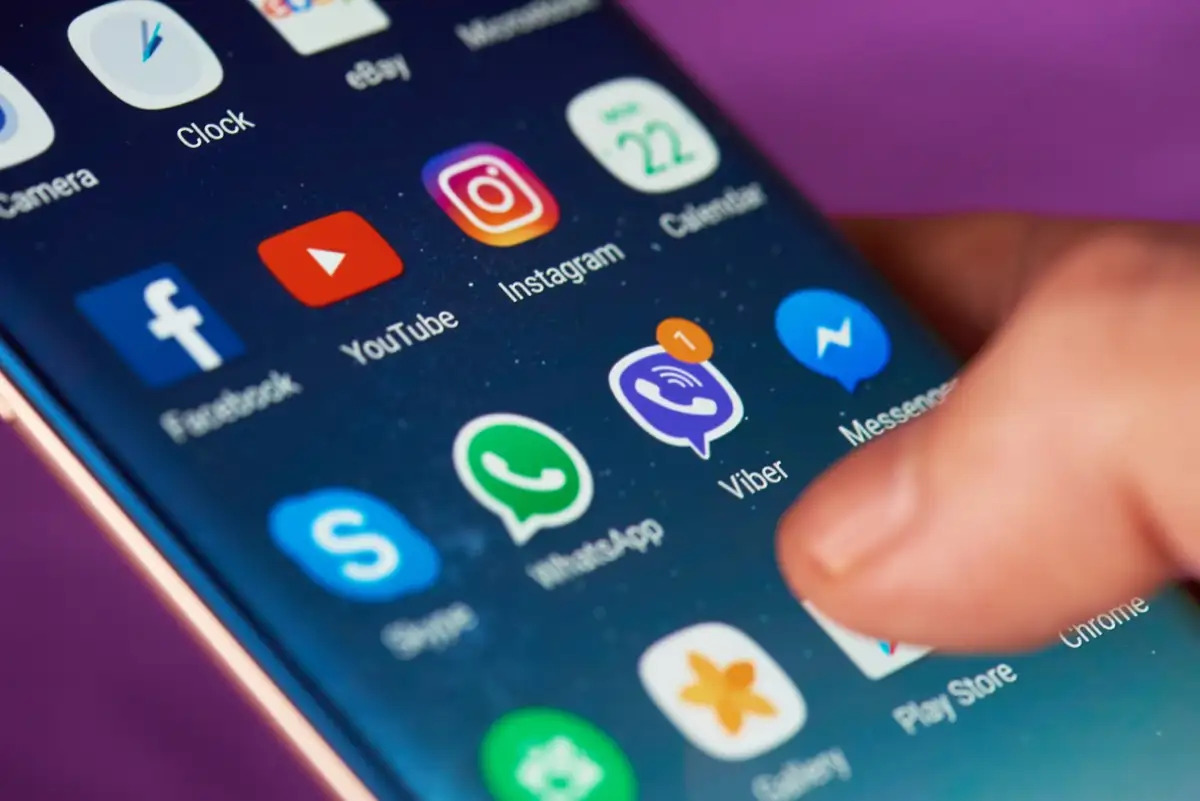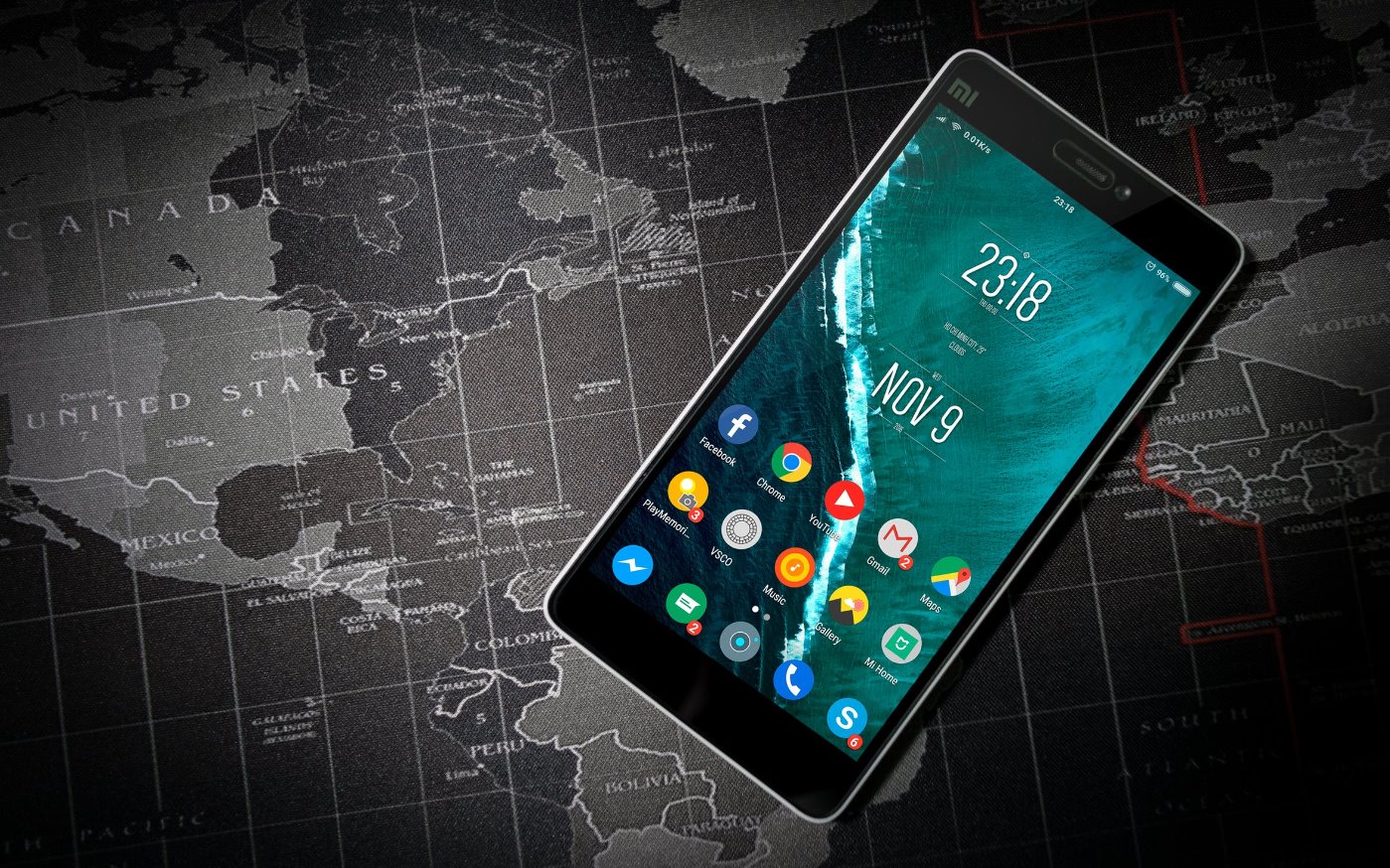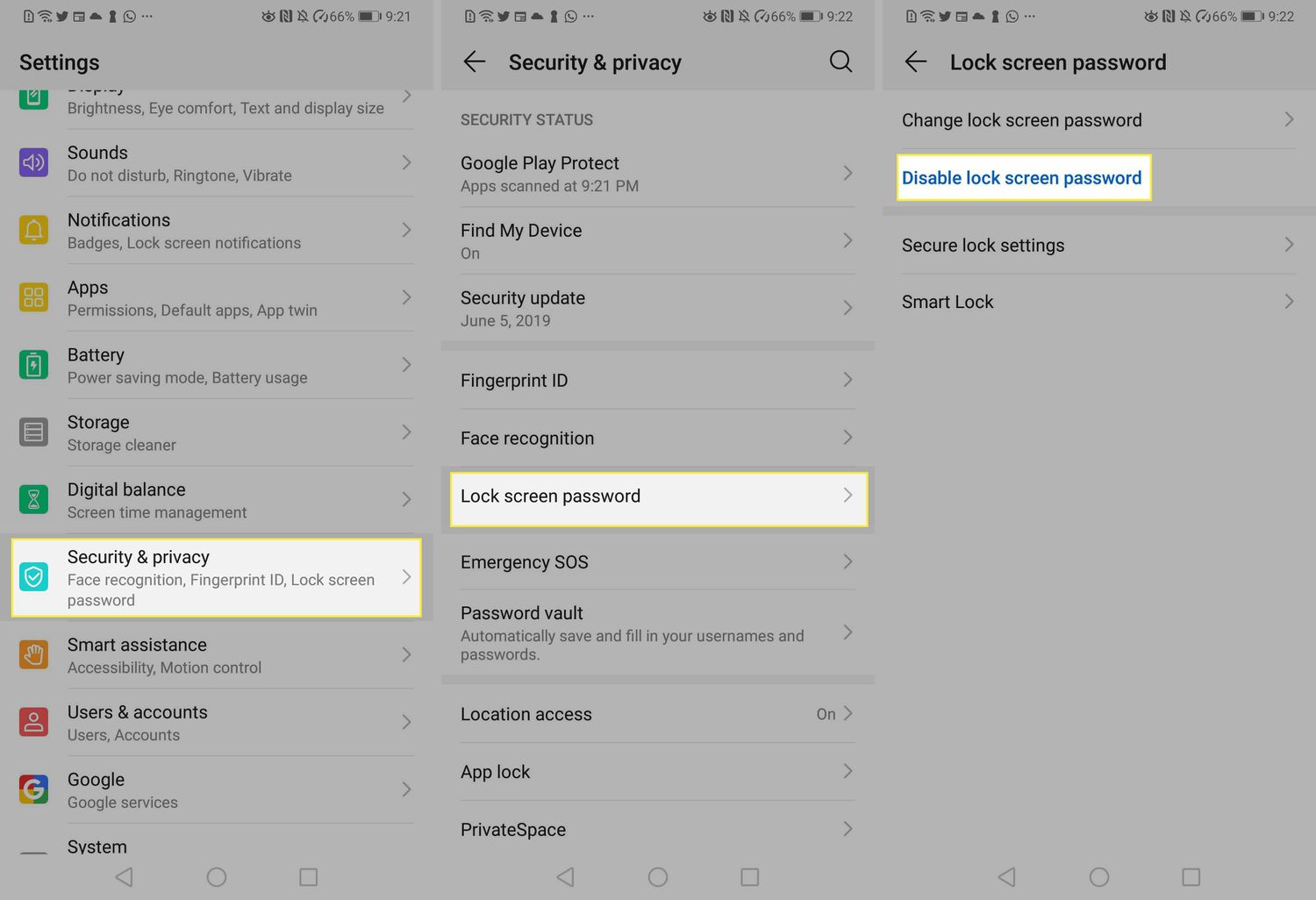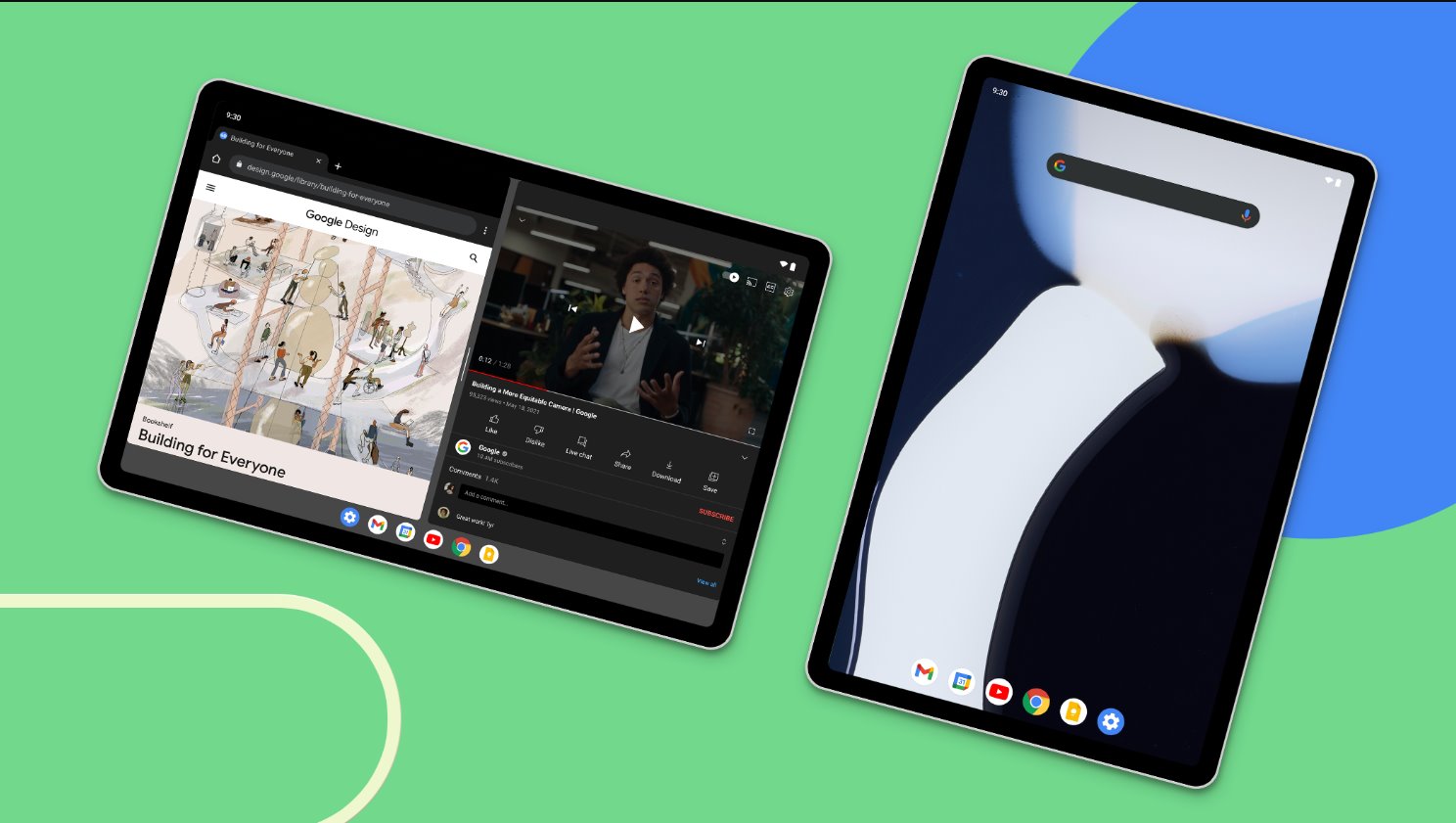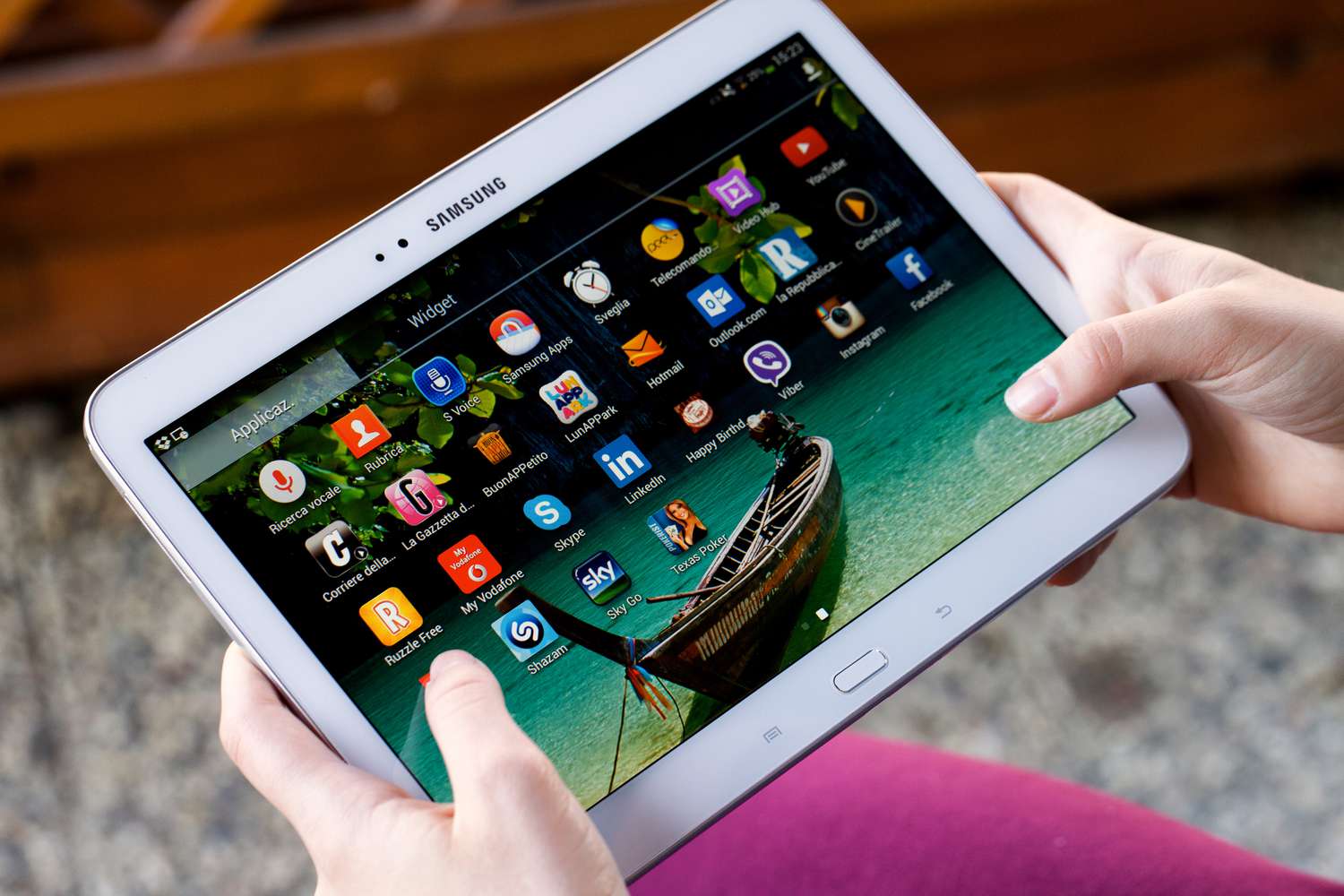Introduction
Welcome to the world of tablets, where convenience and portability have become indispensable. Tablets are versatile devices that offer a wide range of functionalities, making them popular among people of all ages. Whether you use your tablet for work, entertainment, or education, there may be times when you want to lock it on a specific app for various reasons.
Locking your tablet on one app can be helpful in scenarios such as handing it over to a child for educational purposes, using it as a POS system in a business, or even limiting distractions while you focus on a specific task. Fortunately, there are several methods you can employ to achieve this level of control over your tablet.
In this article, we will explore four different methods that will allow you to lock your tablet on one app. These methods range from utilizing built-in features to installing third-party apps and implementing parental controls. Each approach is designed to provide you with varying levels of customization and functionality, ensuring you find the method that best meets your needs.
So, if you’re ready to take full control of your tablet and lock it on one app, read on to discover the step-by-step instructions for each method. Regardless of whether you’re an Android user or an iOS enthusiast, there’s a method for you.
Let’s dive in and explore the different ways to lock your tablet on one app!
Method 1: Using the Guided Access feature
For iOS users, Apple has included a handy feature called Guided Access that is designed to restrict your device to a single app. This feature is especially useful if you want to temporarily limit access to other apps while handing your device to someone else or when using it in a specific context.
To enable Guided Access, follow these simple steps:
- Open the Settings app on your iOS device.
- Scroll down and tap on “Accessibility.”
- Tap on “Guided Access” under the “Learning” section.
- Toggle the switch to turn on Guided Access.
Once Guided Access is turned on, you can start using it to lock your tablet on a specific app by following these steps:
- Open the app you want to lock your tablet on.
- Triple-click the home button (or the side button on newer devices) to activate Guided Access.
- Configure any additional settings, such as disabling certain features within the app.
- Tap on “Start” to begin Guided Access mode.
While in Guided Access mode, your tablet will be locked on the selected app, and users will be unable to exit the app without the specified passcode. You can also customize various options within Guided Access, such as disabling touch input in specific areas of the screen or setting a time limit for how long Guided Access remains active.
To exit Guided Access mode once you’re done, simply triple-click the home button (or the side button on newer devices) again and enter your passcode.
Guided Access is a powerful feature that provides a straightforward way to lock your tablet on one app without the need for third-party apps or additional settings. It puts you in control and ensures that others can only access the designated app on your iOS device.
Method 2: Using a third-party app
If you’re an Android user or prefer to have more customization options, using a third-party app can be a great solution to lock your tablet on one app. There are several apps available in the Google Play Store that specialize in app locking and can provide you with the control and features you’re looking for.
Here’s how you can use a third-party app to lock your tablet on a specific app:
- Go to the Google Play Store on your Android tablet.
- Search for “app lock” or “app locker” in the search bar.
- Browse through the results and read user reviews to find a reliable and highly rated app lock app.
- Once you’ve chosen an app, install it on your tablet.
- Open the app and follow the on-screen instructions to set it up.
- Grant the necessary permissions for the app to function properly.
- Select the app you want to lock from the list of installed apps.
- Enable the app lock feature for the selected app.
After configuring the app lock settings, whenever you or someone else tries to access the locked app, a passcode or pattern lock will be required to proceed. This ensures that only authorized users can access the app.
Many app lockers also offer additional features such as disguising the locked app with a fake icon or preventing uninstallation without entering a passcode. These extra layers of security can further enhance the effectiveness of the app locking process.
Remember to choose a reputable and trusted app from the Play Store to ensure the security of your device and personal data. Reading user reviews and opting for an app with a high rating and positive feedback is a good way to make an informed decision.
Using a third-party app to lock your tablet on one app gives you more control and customization options compared to built-in features. It’s a flexible solution that allows you to tailor the app locking process according to your specific preferences.
Method 3: Setting up parental controls
If you’re looking to lock your tablet on a specific app to restrict access for younger users, setting up parental controls can be an effective solution. Parental controls allow you to create a safe and controlled environment for children by limiting their access to certain apps and features on your tablet.
Here’s how you can set up parental controls on your tablet:
- Open the Settings app on your tablet.
- Look for the “Parental Controls” or “Family” section in the settings menu.
- Tap on “Parental Controls” to access the parental control settings.
- Follow the on-screen instructions to set up a new parental control profile or enable existing parental control features.
- Specify the apps and features you want to restrict access to.
- Set a password or PIN for the parental control settings to prevent unauthorized changes.
- Save and apply the changes.
Once parental controls are set up, you can lock your tablet on a specific app by adjusting the access permissions for the desired app in the parental control settings. This ensures that only the permitted apps are accessible, while other apps may be hidden or require a password to access.
Parental control features can also offer additional functionalities such as screen time limits, content filters, and website restrictions. These features allow you to have greater control over your tablet usage and ensure a safe and age-appropriate experience for children.
Keep in mind that parental control settings may vary depending on the operating system and device you are using. For example, Android tablets may have different parental control options compared to iOS tablets. Therefore, make sure to explore the specific parental control settings available on your tablet to fully utilize this functionality.
Setting up parental controls on your tablet provides an effective way to lock your device on a specific app and create a safe environment for children. It allows you to control access to various apps and features, ensuring that younger users can use the tablet under appropriate supervision.
Method 4: Using device management software
If you’re looking for a more advanced and comprehensive solution to lock your tablet on one app, using device management software can provide you with powerful features and control over your device. Device management software is typically used in businesses and organizations to manage and secure multiple devices, but it can also be utilized on an individual basis.
Here’s how you can use device management software to lock your tablet on a specific app:
- Choose a reliable device management software that is compatible with your tablet’s operating system.
- Install the device management software on your tablet.
- Follow the on-screen instructions to set up the device management software and register your tablet.
- Once the setup is complete, access the management console of the software either through a web browser or a dedicated app.
- Locate the app locking or kiosk mode feature in the management console.
- Select the specific app you want to lock your tablet on.
- Apply the app lock settings and save the changes.
Device management software provides advanced features such as app whitelisting and kiosk mode, which enable you to restrict your tablet to a specific app and prevent users from accessing other apps or features. This can be particularly useful for businesses or individuals who need to use tablets for dedicated purposes, such as information kiosks or digital signage.
In addition to app locking, device management software offers a wide range of other features, including remote device monitoring, security policies enforcement, and app deployment. These features allow you to have total control and management over your tablet or a fleet of devices.
Keep in mind that device management software may require a subscription or additional fees, as it is typically designed for businesses and organizations. However, if you require advanced features and comprehensive control over your tablet, device management software can be a worthwhile investment.
By utilizing device management software, you can effectively lock your tablet on a specific app and enjoy extensive management capabilities that go beyond simple app locking.
Conclusion
Locking your tablet on one app can provide you with increased control, security, and focus. Whether you want to limit distractions, create a safe environment for children, or use your tablet for specific purposes, there are multiple methods available to achieve this level of control.
In this article, we explored four different methods: using the Guided Access feature for iOS devices, utilizing third-party app lockers, setting up parental controls, and using device management software. Each method offers unique advantages and caters to different user preferences and requirements.
If you’re an iOS user, the built-in Guided Access feature provides a quick and simple way to lock your tablet on one app without the need for additional apps or settings. For Android users or those seeking more customization options, third-party app lockers from the Google Play Store offer flexibility and advanced features.
For parents or guardians, setting up parental controls can ensure a safe and controlled environment for children, limiting their access to certain apps and features. And for those who require extensive control and management capabilities, device management software provides advanced features and complete control over tablet usage.
Before implementing any of these methods, it’s important to consider your specific needs, preferences, and the level of control you require over your tablet. Additionally, ensure that you choose reputable apps or software from trusted sources to safeguard your device and data.
Regardless of the method you choose, locking your tablet on one app gives you the ability to tailor your device’s usage to your specific needs. It provides a more focused, secure, and controlled experience, enhancing productivity, safety, and usability.
So, whether you’re a parent wanting to create a safe digital environment for your child, a business owner looking to use tablets for specific purposes, or simply someone who wants to minimize distractions, take advantage of the methods discussed in this article to lock your tablet on one app and enjoy a more tailored and controlled tablet experience.







